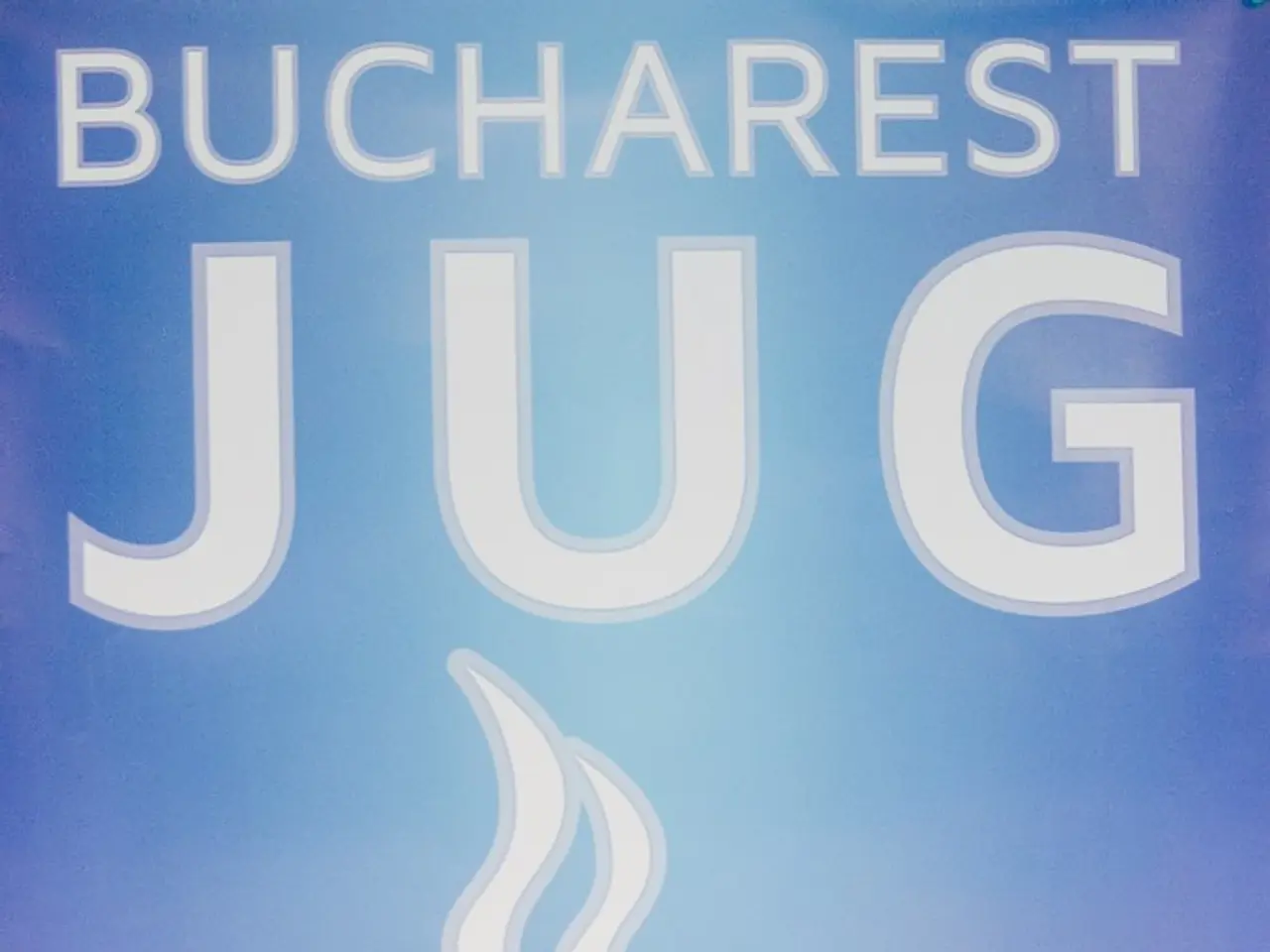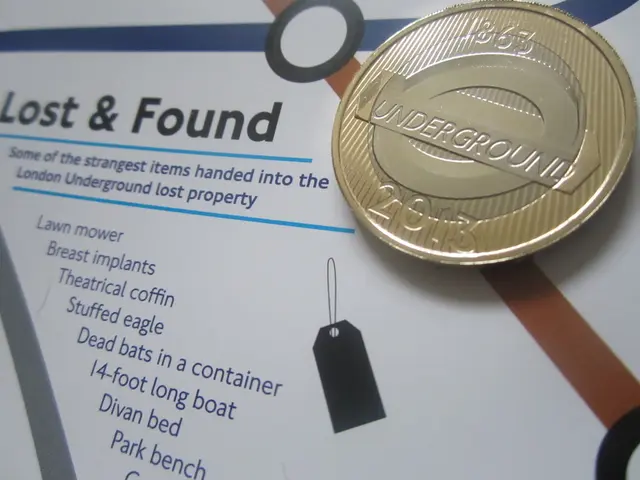Plasma Surges, Banks Team Up for Euro Stablecoin
Plasma, a public blockchain tied to Tether, has experienced a surge in popularity, with $7.86 billion in net inflows since its launch. This week, from September 23 to October 1, 2025, Plasma demonstrated strong early momentum, attracting $3.5 billion in inflows and a net flow of the same amount.
Cronos, a blockchain platform, has set its sights on becoming the preferred platform for real-world asset (RWA) tokenization by 2025-2026. To achieve this, Cronos has joined forces with Amazon Web Services (AWS). The partnership offers blockchain startups scalable cloud services and up to 100,000 AWS credits to develop more robust tokenized finance applications.
In Europe, nine leading banks are collaborating to create a euro-based stablecoin, planned for mid-2026. These banks include DekaBank (Germany), UniCredit and Banca Sella (Italy), ING (Netherlands), CaixaBank (Spain), KBC (Belgium), SEB (Sweden), Danske Bank (Denmark), and Raiffeisen Bank International (Austria). The stablecoin aims to be compliant with the Markets in Crypto-Assets (MiCA) regulations and is expected to be classified as an electronic money token (EMT).
The development of this euro stablecoin is set to be one of the first significant traditional finance initiatives fully compliant with MiCA. Meanwhile, Plasma continues to grow, with its recent surge in inflows indicating increased investor interest in the Tether-pegged blockchain.
Read also:
- Germany Launches HoLa Project for Megawatt Charging on A2 Motorway
- Transforming Digital Inventories in the Food Industry: A Comprehensive Guide for Food Businesses
- Canada's Transportation Revolution: Hyperloop & Electric Air Taxis by 2026
- ACC Expands European Battery Production with Three New Gigafactories






